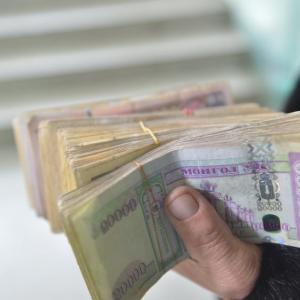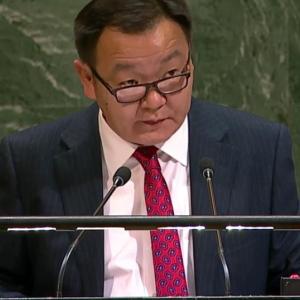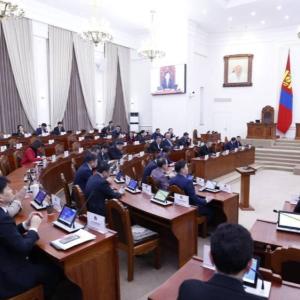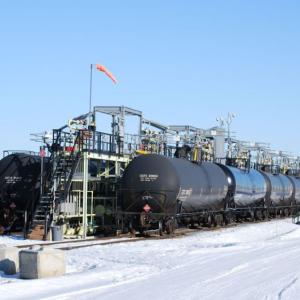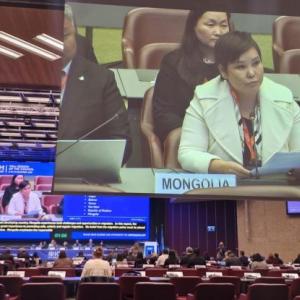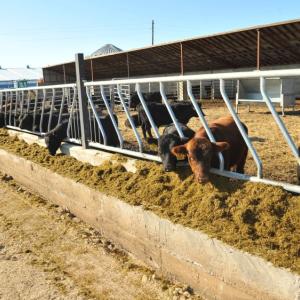Open Editorial: A better alternative to interest rate caps
The Mongol MessengerThe Mongolian Parliament
is currently discussing the introduction of interest rate caps on lending rates
by financial institutions. An interest rate cap is a ceiling on lending rates
with the purported aim of lowering the cost of borrowing and protecting
borrowers from predatory lending practices. The appeal of such controls on lending
rates is understandable. However, international experience suggests that interest
rate caps often do more harm than good.
A key concern is that
when interest rate ceilings are set below “market rates” – e.g. the rate
required to cover banks’ own borrowing costs and the risk of default – the
result can be a shortage of credit, particularly for the least established
segments of the society. This means that those without a long credit history or
significant collateral – such as young borrowers, rural households, female
entrepreneurs, new firms, or low-income households – are cut off from the
formal credit market, leaving large segments of the society ‘unbanked’.
Another concern is
that when such borrowers are excluded from the formal banking system, some will
seek financing in informal credit markets. Such markets are not regulated and,
as a result, supervisors are unable protect borrowers from the very type of
predatory practices the interest rate cap aims to fight. Indeed, higher
borrowing in informal credit markets will increase the chances of predatory
lending.
It is true that a
form of interest rate ceilings – known as ‘usury laws’ – are used in many
countries. However, the ceilings in such laws are set at very high levels
because they are only aimed at preventing predatory lending, not changing the
average interest rate that most banks charge. For example, in the United
States, the median ceiling for a 5-year loan is currently 10 times the level of
the policy rate. The equivalent ceiling in Mongolia would be over 100 percent.
Nonetheless, average
bank lending rates are indeed high in Mongolia. Adjusting for inflation,
lending rates in local currency have averaged 10 percent over the last 5 years.
Thus, it is reasonable for policymakers to want to find ways to reduce interest
rates. But instead of using interest rate caps which can come with costly side
effects, it is vital to address three underlying drivers of high interest rates.
·
Firstly, Mongolia has high country risk which
puts upward pressure on the amount depositors or investors require to hold
local currency assets rather than US dollar or foreign assets. The risk premium
can be reduced by lowering public and external debt, improving banking sector
supervision, and creating a reliable and stable climate for foreign investment.
·
Secondly, frequent bouts of high inflation in
Mongolia mean that depositors insist on high nominal rates to protect against
an erosion of their savings in local currency. In turn, banks then need to
charge high lending rates to cover these costs. Bringing about low and stable
inflation will lower bank funding costs which can be passed on to Mongolian
households and businesses.
·
And third, it is difficult for banks to collect payments
on defaulted loans given the current legal framework for resolving
non-performing loans and constraints in the judicial system more broadly. Thus,
banks charge higher interest rates to be compensated for the risk of default
and their inability collect collateral.
It is worth noting that,
even at the currently high interest rates, credit growth has been excessive in
the last year, rising by 25 percent. This has created important financial
stability and consumer protection risks. Households have taken loans with
double-digit real interest rates to finance consumption and now one out of
every two households pays over 50 percent of the monthly income in debt service.
Households will need sustained increases in wages, without any employment or
health surprises, to repay these loans.
But, again, the solution
to this is not to artificially lower lending rates with a new law. The only way
to have safe and sustainable credit going forward is to have interest rates
that both cover bank costs and are consistent with borrowers’ ability to pay. Thus,
the focus should be the underlying reforms identified above which get at the
root of these issues. And for the near-term, the recent steps by the Bank of
Mongolia to introduce tighter regulations on borrowers’ ability to qualify for
such loans will help limit the increase in risks.
Addressing these challenges
is central to the agenda of both the government’s Economic Recovery Program and
the IMF-supported Extended Fund Facility. And because of the authority’s
efforts thus far, there has been progress, particularly with respect to
lowering public debt. Financial markets have recognized this progress, allowing
Mongolia’s country risk to fall by more than half since 2016 and real local
currency lending rates have fallen by 5 percentage points over the same period.
Nonetheless, many of the
core drivers of high borrowing costs remain in place and more needs to be done in
reducing macro-economic vulnerabilities, strengthening banking sector
supervision, and reforming the NPL resolution framework. Such actions will
ensure that the financial sector not only supports overall economic growth but
also ensures that such growth is shared by broad segments of the population.
May 2, 2019






